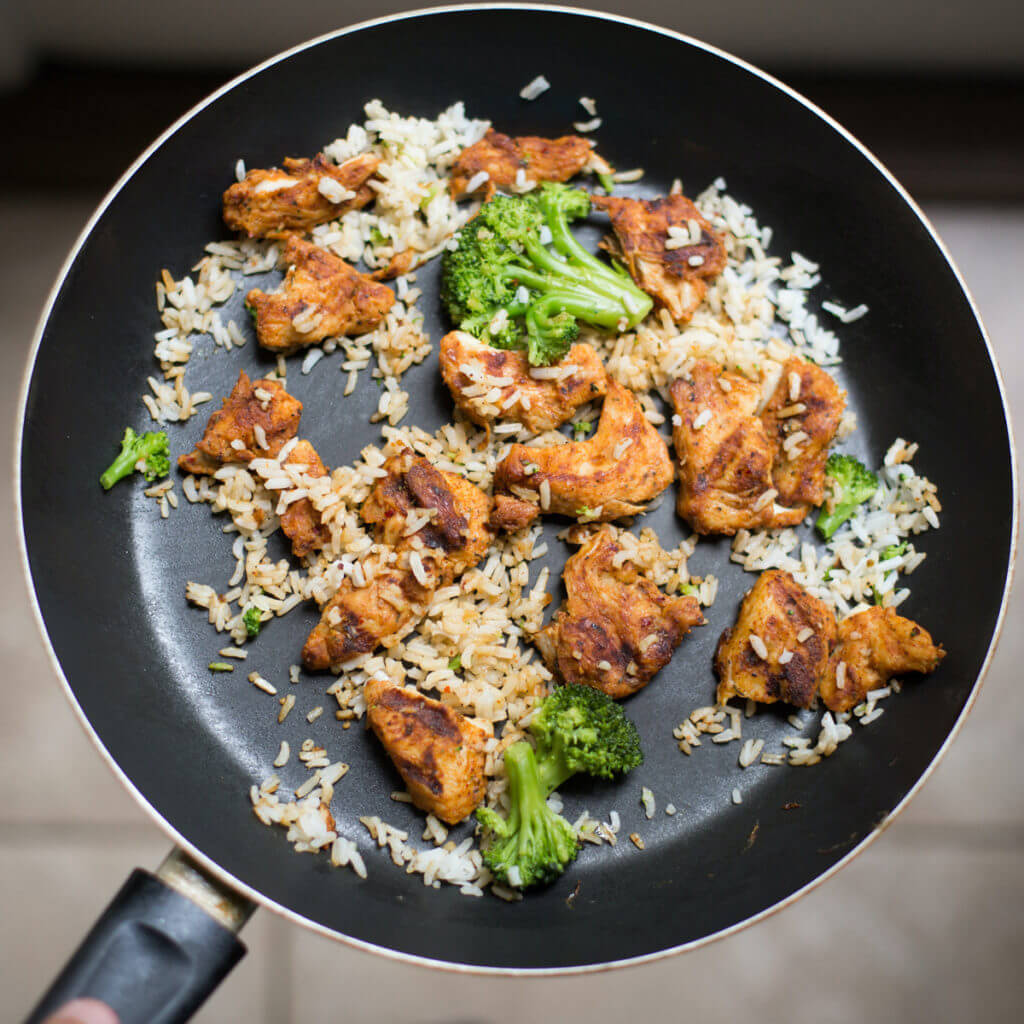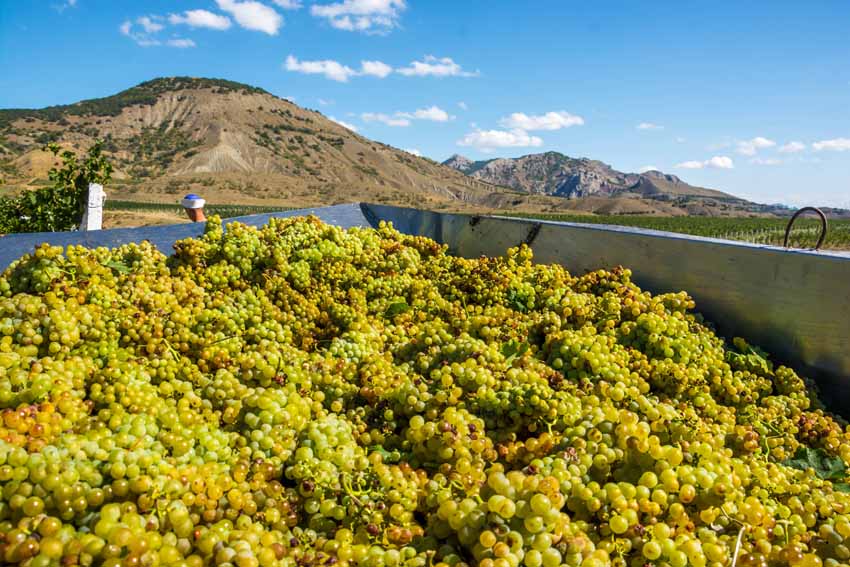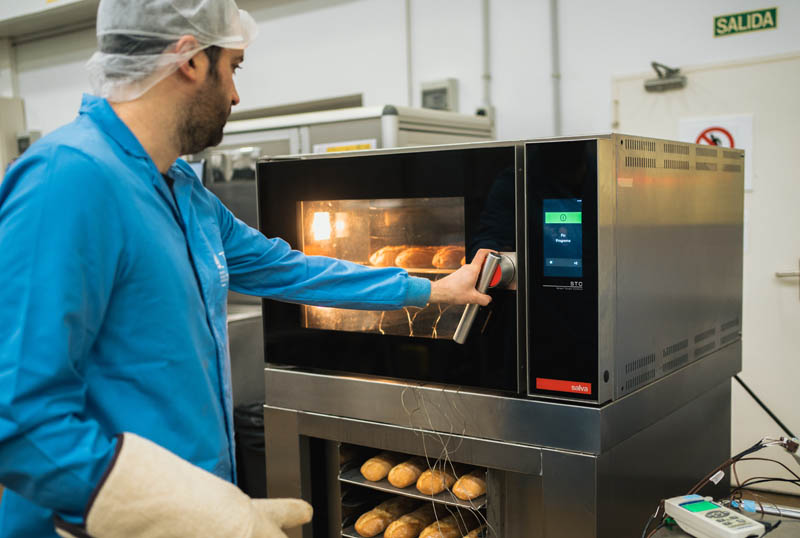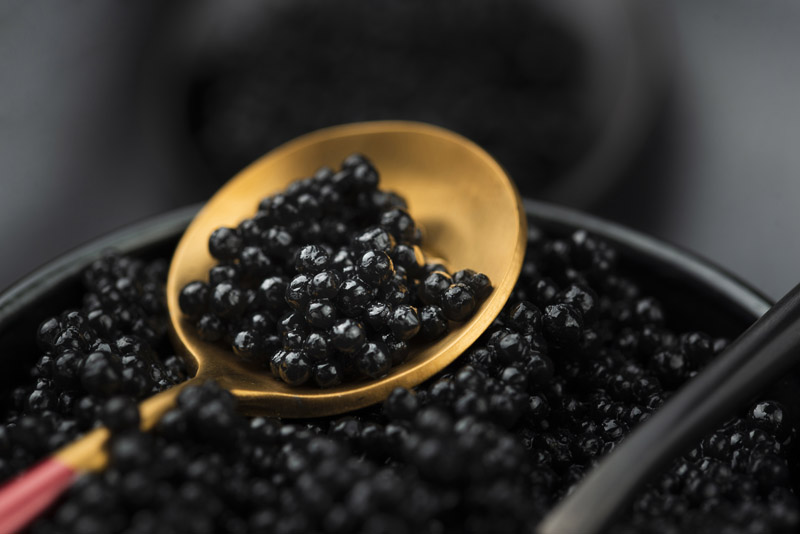“Trash cooking” or how to cook to make the most of the food
Últimas noticias
AZTI Researcher Ángel Borja Receives Prestigious Odum Award for International Scientific Career
Una mirada LGTBIQ+ al reino animal
Circular Economy in Action: Valorisation of By-products through Projects like PRIMA NEWFEED
SAIOA ALVAREZ-SABATEL, LAURA FERNÁNDEZ. Experts in food formulation and processing. AZTI
According to European Commission estimates, 1.3 billion tonnes of food is wasted each year, this is one third of world production. In addition, 42 percent of this waste is food that ends up in the rubbish at home. Therefore, in recent times and with the aim of contributing to food sustainability, avoiding food waste has become one of the top priorities for both the food industry and many consumers.
In addition, the measures taken during the Covid-19 health and economic crisis, such as confinement or restrictions in the capacity of shops of food, have led to new reflections and behaviours regarding food consumption and preparation. According to the most recent indicators, in general, consumers are now more aware of the importance of adequate access to food, as well as the need to cook in a more sustainable way. Thus, according to an OCU study, an important part of the population admits that during confinement their activities related to cooking, meal planning and the use of leftovers have increased during confinement. This is undoubtedly an excellent opportunity to try to reduce food waste from our homes and contribute to the improvement of our plan
As a result of the concern for a more sustainable consumption of food, a (not so) new trend now known in English as “trash cooking“, or what is the same, “exploitation cooking”, has been gaining strength in recent times. This trend consists mainly of the integral use of food, without wasting any of its parts. Without a doubt, this is not a new invention, but it is a custom that has been around for a long time. Our ancestors, especially in times of food shortage, were experts in the integral use of food to prepare all kinds of recipes, many of which have become traditional and highly valued dishes in our gastronomy, such as croquettes. With the growing access to a wider and more varied offer of products this custom was losing importance. However, in recent years, and thanks to the help of, among others, many chefs and defenders of this type of cuisine, the great potential of some underused food fractions, such as cooking waters or skins, has been (re)discovered for the development of new and delicious preparations.
We describe some examples of culinary use for some types of generally underused fractions, bellow:

Índice de contenidos
Legume cooking water
Among the food fractions with the greatest potential for the development of new dishes are the cooking waters of legumes, also known as aquafabas. During the cooking of some pulses such as chickpeas or beans, some compounds are transferred to the water, which have an excellent capacity to create very stable foams. Thanks to this functionality, it is possible to use aquafabas, for example in preserves, to replace egg whites in preparations such as meringues or mousses. In this case, they are very useful for recipes for people who are allergic to egg protein or, because of their vegetable origin, for the production of vegan products.
Bones
With the meat bones or with fish bones and heads we can prepare one of the oldest dishes in history, the broth. It is very common to add different vegetables such as onions, leeks or carrots to flavour this preparation. To make a good broth it is necessary to cook slowly the ingredients submerged in water and in a progressive way. If it is not done in this way, the albumen of the meat coagulates, hardens and the gelatinous part and the juices that give flavour to the broth do not pass into the cooking water. During cooking, collagen (protein from skin, bones, tendons, etc.) is removed and then transferred to the broth, thus removing the gelatine.
If we roast the bones in the oven beforehand (calf bones, for example) we will get a dark juice. This is a very tasty and aromatic preparation. If we reduce this dark juice in the fire, we obtain what is called a demi-glace or a glace (even more reduced than the previous one). These are gelatinous sauces, dark in colour and very tasty.
These juices or broths can be used in an endless number of preparations and can be the basis of many recipes. They can be consumed as they are or clarified and used as a part of cooking . They can be the basis for making many different sauces (more or less viscous). We can also freeze them and use them when necessary.
Skins
Some types of fruit, vegetable and fish skins have traditionally been used for different purposes, but discarding them is still the main option in most houses. It must be taken into account, both for fruit and vegetables, that a correct cleaning of the skin is essential for its use. Below are some examples of how they can be used:
- Fruit skins: In the case of many fruits, the skins concentrate a large part of aromatic compounds of high culinary value, as well as antioxidant compounds with healthy properties. The addition of e.g. lemon or orange peels is common in soft drinks. Similarly, these peels can be dehydrated to scratch or chop them into powder and used for water or oil infusions. It is curious that in the case of pineapple for example, apart from removing the skin, it is common to discard the central part due to its fibrous texture, being however an excellent source of vitamin C.
- Vegetable skins: Some skins such as those of potatoes, carrots or courgettes, among others, can be used to make homemade snacks. The baking of these, avoiding the green parts in the case of potatoes, gives a very crunchy “chip” type product, ideal for an appetizing snack.
- Fish skins: In the past, cooked fish without skin was better valued, however, it is one of the parts of the fish with most flavour and allows the inside of the fish to be juicier during cooking as it acts as a natural papillote. In addition, the skins of some fish can also be used to make crunchy snacks, for example by frying them. Many fish skins also have a high collagen content, which can be used as a thickener for sauces, as in the case of pil-pil cod.
Leaves and green parts
In addition to the use of the skins, some vegetables also have green parts and leaves that are generally discarded. However, in some cases, it is possible to use them with some preparations such as those mentioned below:
- Leaves: in the case of the carrot, the leaves are rich in vitamins and minerals and can be used in different preparations such as sauces (the pesto sauce with carrot leaves is very popular), salads, smoothies, omelettes, etc. Fennel leaves are very aromatic and can be used in smoothies, salads, soups, creams, vinaigrettes, etc. Radish leaves can also be eaten raw, cooked or sautéed, for example.
- Green parts: those from leeks, garlic, chives and spring onions can be eaten sautéed, used in broths to add flavour or washed well, chopped and added to different preparations to give them a touch of freshness.







